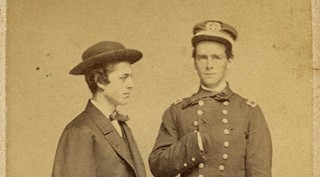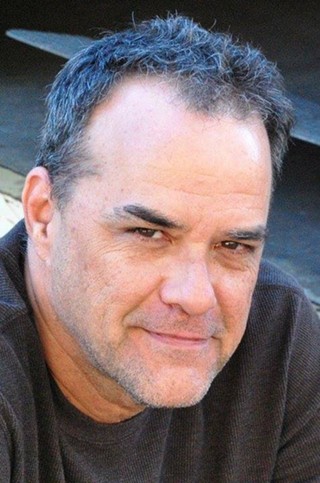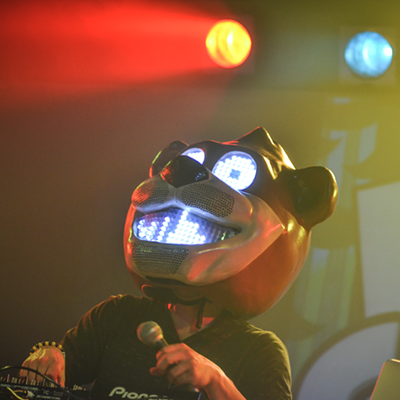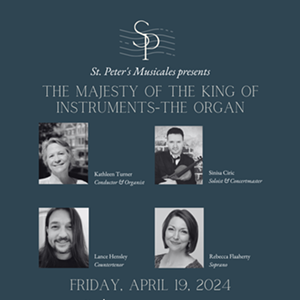A little–known fact about the Civil War: About 7,000 Union soldiers were Jewish, and as many as 3,000 took up arms for the Confederacy.
Ken Burns hasn’t made a 10–hour documentary about this bit of data, and there’s yet to be a big–budget, Glory–style movie dramatizing their sacrifices.
Filmmaker Jonathan Gruber, whose past documentaries have included Pola’s March and A Deal With the Devil, took up the cause of Jewish involvement in America’s deadliest war. Along with historian Robert Marcus, he crafted the eye–opening documentary film Jewish Soldiers in Blue & Gray.
John Milius narrates Jewish Soldiers, and Sam Waterston was brought in to read the words of Abraham Lincoln (whose Jewish podiatrist, we learn, was a spy for the Union who reported directly to the President).
We spoke with Gruber about his project, which screens Feb. 2 as part of the Savannah Jewish Film Festival.
It seems inconguous that Jewish citizens would fight for the Confederacy, with slavery being a key issue. Did it seem odd to you?
Jonathan Gruber: In the film, one of our historians says that because the welcome they received in the South was such a difference from what they had just come from, in Central Europe, it made them kind of overlook it on some level. As another historian says, they weren’t the low group on the totem pole. I guess when you’re coming to a country where things are better for you than where you came from, you’re probably not going to rock the boat.
That’s one thought. It’s not apologist, it’s just what happened. And what’s interesting that one of the strongest Jewish proponents of slavery was a rabbi from New York, Morris Raphall.
How did this project get started?
Jonathan Gruber: The production company, Indigo Films, called me in and said there was a project. One of the writers and co–producers, Bob Marcus, was living in Virginia, and I lived in Washington, D.C. where many of the sites were. They said, would you be interested? And I said sure.
What was the process like? Were you involved in the research end of things?
Jonathan Gruber: Because there were 10,000 or so Jewish soldiers, I went to Bob, who had all these photos and material, and said “Give me 20 stories in the North, and 20 stories in the South, that are just really compelling. And let’s see which ones have the best visuals to support them.”
You could go on and on. This is a 90–minute film, almost, and we talk about a lot of people. But it really needs a book, or much more. It’s not comprehensive but it tells a lot. It’s a scholarly work – we had it fact–checked, I have a journalism background, and we wanted to make sure we weren’t just glossing over things, and that things were presented in the right way.
Were there great stories that you just couldn’t find visuals for? Did you get everything you wanted into the film?
Jonathan Gruber: I think so. We’ve been working on it for three years, so I’d have to go back to the beginning to find out what stories I nixed because of lack of imagery. I think if anything there were stories we took out because an hour and a half just isn’t long enough to tell a comprehensive story.
As Bob said, you could do a whole film on the women on the Civil War. Or the Jewish women of the Civil War. There’s no shortage of stories.
Ours is a small story within the big story. But there are bigger implications for everyone.






























